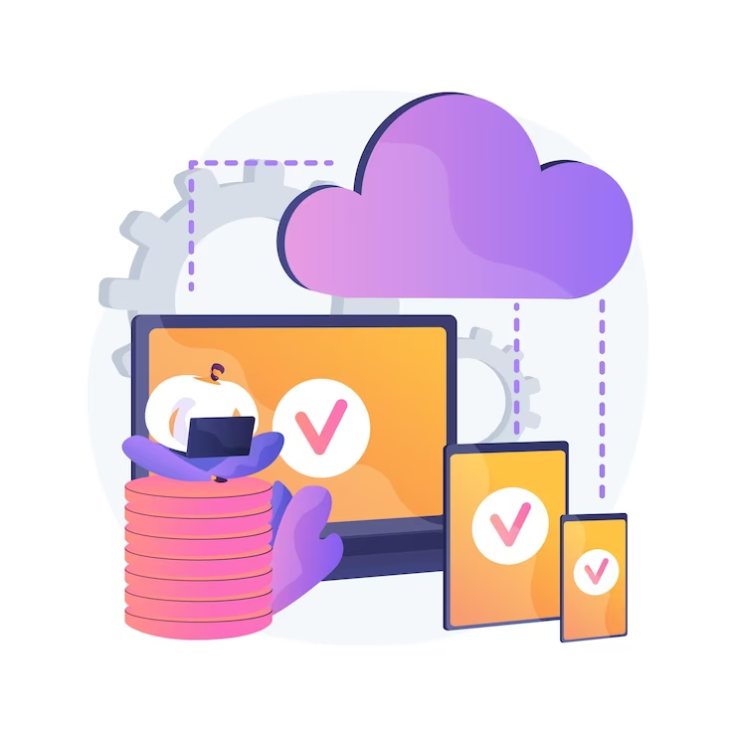
In today's digital age, businesses are increasingly turning to cloud solutions to streamline operations, scale effectively, and foster innovation. Microsoft's cloud computing platform, Azure, has emerged as a favored choice with its robust features and expansive capabilities. However, as businesses scale up their cloud usage, managing costs on Azure becomes a crucial aspect of efficient cloud expense management. This article aims to explore insightful tips and techniques that can assist businesses in optimizing their Azure cloud expenditure while maximizing the value of their investments.
Smart Ways to Control Your Azure Cloud Spending
Controlling Azure cloud spending is not solely focused on cutting costs but also involves making wise investments to maximize benefits. A smart approach to managing Azure costs entails continuous monitoring and evaluation of resources. By regularly assessing your Azure infrastructure, you can identify any underutilized resources and take action by resizing or shutting them down, thus significantly reducing unnecessary expenses.
To enhance effectiveness, one can consider leveraging serverless technologies. In serverless computing, costs are based solely on the actual resources used, eliminating expenses related to idle server time. It is also crucial to optimize storage by deleting unused data and adopting efficient storage strategies, thereby reducing costs associated with storage services.
Understanding Azure Cost Drivers: How to Identify Common Cost Areas
In order to effectively manage costs, a thorough understanding of the key cost drivers in Azure is essential. Virtual machines (VMs) often contribute significantly to expenses. By selecting appropriate VM sizes based on workload requirements and implementing auto-scaling, it becomes possible to control costs associated with VM usage. Additionally, regularly reviewing and optimizing VM usage ensures cost efficiency.
Data transfer costs can quickly accumulate, particularly when high outbound data transfer is involved. To mitigate these expenses and enhance performance, it is worth considering the utilization of content delivery networks (CDNs). Additionally, for efficient allocation of resources, carefully evaluate storage requirements and select an appropriate storage tier to prevent unnecessary overhead.
Leveraging Azure Cost Analysis to Improve Your Budgeting Process

Azure offers businesses a robust cost analysis tool that enhances their budgeting process. This tool enables you to examine past spending patterns, identify emerging trends, and accurately predict future expenses. By gaining insights into your expenditure habits, you can optimize budget allocation, ensuring timely availability of resources while avoiding unnecessary costs.
Moreover, Azure cost analysis helps identify areas where you can optimize costs. It provides valuable insights into resource usage and helps prioritize cost-saving opportunities. For example, you may discover that certain resources can be reserved in advance at a lower cost, or you can take advantage of Azure Hybrid Benefit to optimize licensing costs.
By incorporating cost analysis into your budgeting process, you empower your organization to make data-driven decisions, enabling better financial planning and more efficient cloud expense management.
Concluding remarks
Managing costs on Azure is a critical aspect of effective cloud expense management. By following smart cost control strategies, understanding cost drivers, and leveraging Azure cost analysis, businesses can optimize their cloud spending while ensuring resources are allocated efficiently. Taking proactive measures to manage Azure costs not only leads to significant savings but also allows businesses to make the most of the benefits offered by the Azure cloud platform. So, don't wait! Implement these tips and tricks to achieve better Azure cost management and propel your business toward success. And don't forget to include Finout in your toolbox of cost management tools.









